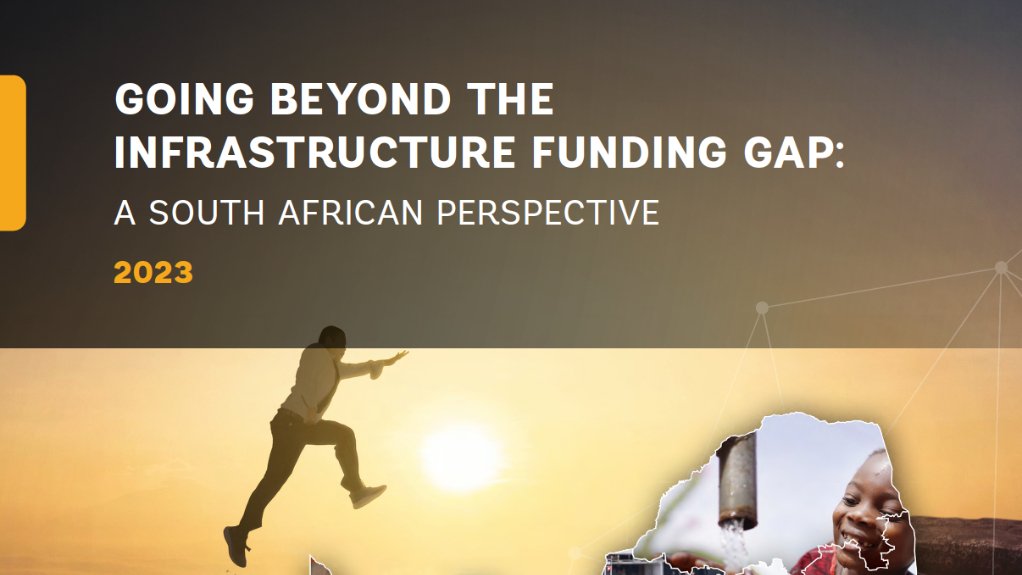- Going Beyond the Infrastructure Funding Gap - A South African Perspective11.85 MB
Closing South Africa’s Sustainable Development Goals (SDGs) gap will require significant infrastructure and related spending, informed by the right objectives and relevant metrics, according to a joint study by the World Bank and the Development Bank of Southern Africa (DBSA. The report, entitled: Going Beyond the Infrastructure Funding Gap - A South African Perspective, quantifies the spending needed in education, transport, and water and sanitation to achieve the related SDGs.
The United Nations adopted the SDGs in 2015 as a universal call to action to end poverty, protect the planet, and ensure that by 2030 all people enjoy peace and prosperity. South Africa’s commitment to the SDGs is embodied in the National Development Plan Vision 2030. While progress has been made, South Africa has significant work ahead to achieve the SDGs. According to the Sustainable Development Report 2022, South Africa ranks 113 out of 161 countries in terms of its performance in the 17 SDGs.
According to the study, South Africa needs to spend between R4.8 trillion and R6.2 trillion ($254 billion to $329 billion) on transport, water and sanitation, basic education, and Technical and Vocational Education and Training (TVET) between the years 2022 and 2030, to close the SDGs gap in these sectors. The figures for the infrastructure spending are equivalent to spending between 8.7% and 11.2% of Gross Domestic Product (GDP) per year on average. The study asserts that the solution is not always to spend more, but to spend better on the right objectives, with the use of relevant metrics.
The study highlights infrastructure cost drivers and the implications of different policy choices. In addition, the sectoral analyses present detailed results on the spending needs under several scenarios and recommendations to close the gap.
Report by the World Bank and the Development Bank of Southern Africa
EMAIL THIS ARTICLE SAVE THIS ARTICLE ARTICLE ENQUIRY
To subscribe email subscriptions@creamermedia.co.za or click here
To advertise email advertising@creamermedia.co.za or click here











